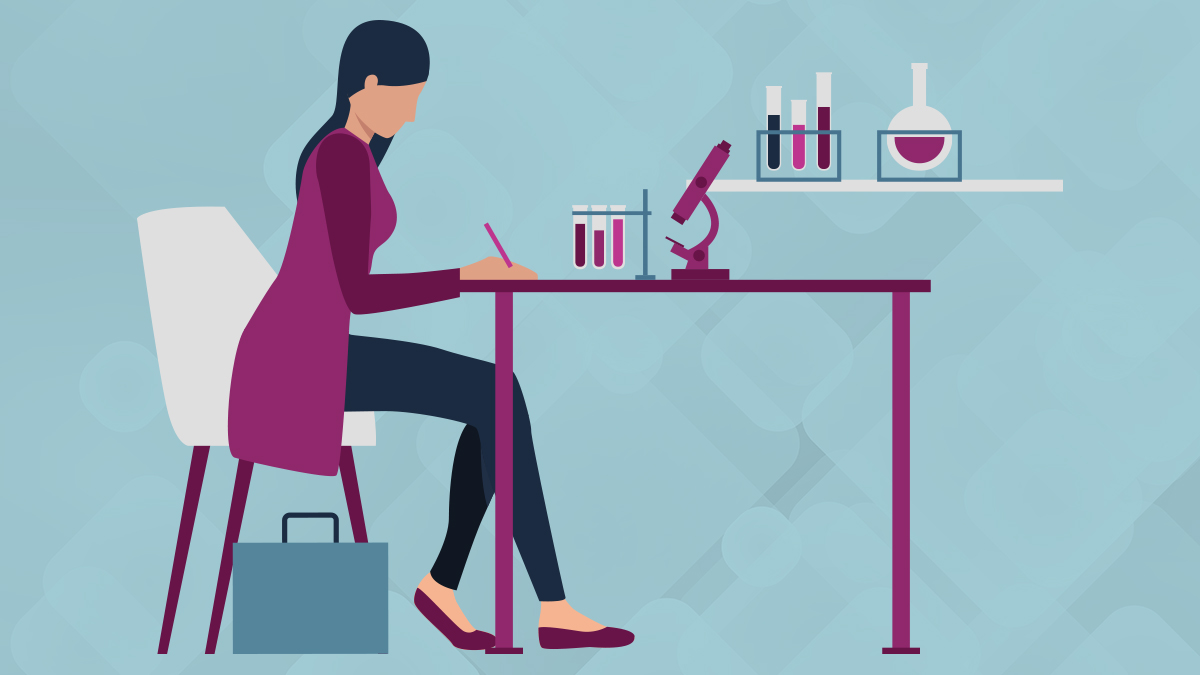What makes a product stand out? What influences customers to decide when they are not thinking about price? Packaging differentiates products and brands and can be used as a powerful marketing strategy. Consumers subconsciously respond to visual stimuli, so packaging elements such as color, typography, shape, size and hierarchy play a big role in sales.
In the article “The Psychology of Product Packaging,” Megan Sullivan states, “We all want to believe that consumers make decisions on products and services strictly based on merit, with the best one winning. In spite of that hope, psychologists and retailers agree that in many cases this just isn’t true. Quality aside, sometimes the flashier, prettier or sexier product wins the day.” Throughout this article we will discuss how to make your high quality product stand out on the shelves, driving a positive impact on sales.
We all know someone who has made an impulsive purchase in the past. People often go shopping for a specific product but end up buying a lot more than planned. Consumers often buy things they don’t need because they felt triggered to make a purchase on the spot. The article “Neural Correlates of Impulsive Buying Tendencies during Perception of Product Packaging” comparing attractive and neutral packaging, reports that, “There is indeed a corresponding relationship between stronger impulsive buying tendencies and activity in brain areas associated with impulsive and reflective processes.”
Some of the elements that have been shown to make impact on consumers decision-making during the purchasing process are:
-
COLOR
Color theory is one of the most studied design elements that evokes a significant emotional response for consumers. Colors are often associated with specific industries, for example: yellow and red are frequently used by fast food companies and restaurants, whereas white and blue are used for technology companies. Almost 85% of consumers cite color as the main reason they buy a product, and 80% of people believe color increases brand recognition.
-
SHAPE
Is your competition selling their products in a box? This could be the right time to explore different types of packaging. Shapes can help you stand out compared to your competition. These two studies show findings that organic and curvy shapes more appealing than sharp edges and pointed shapes. https://www.pnas.org/doi/abs/10.1073/pnas.1301227110
https://www.sciencedirect.com/science/article/abs/pii/S0028393207001042
Think outside of the box but make sure your package still represents the type of product you’re selling. -
TYPOGRAPHY/MESSAGING
It should be clear to consumers what they’re buying. They shouldn’t have to spend time looking at the label to discover what that product is and what it does. Typography can strongly support branding and messaging by bringing customer’s attention to the brand name and product type. The font used on your package should align with your branding and add personality to make your product unique.
When optimized properly, packaging design can increase your sales and strengthen your brand. The psychology behind packaging design shows that consumers are looking for a lot more than a quality product; it’s about understanding your target audience and what appeals to them on many levels. Packaging Design can increase the value of your product and help you stand out. This study by Steven Wonghttps://www.linkedin.com/pulse/how-does-packaging-affect-consumer-buying-behavior-steven-wong/ found that “the quality of the packaging material, innovation and practicality, and the package design seem to be the most important on product selection during the buying process.”
Before starting to work on your product packaging ask yourself these questions: What is the essence of my product? Is it clear what my product is? What will the package look like in the store? How can I make my brand stronger? Who is my target audience? And how are consumers buying my product?
